(the cure)
Fitzpatrick, Paris
Victoria Colmegna
12 April – 12 May 2023
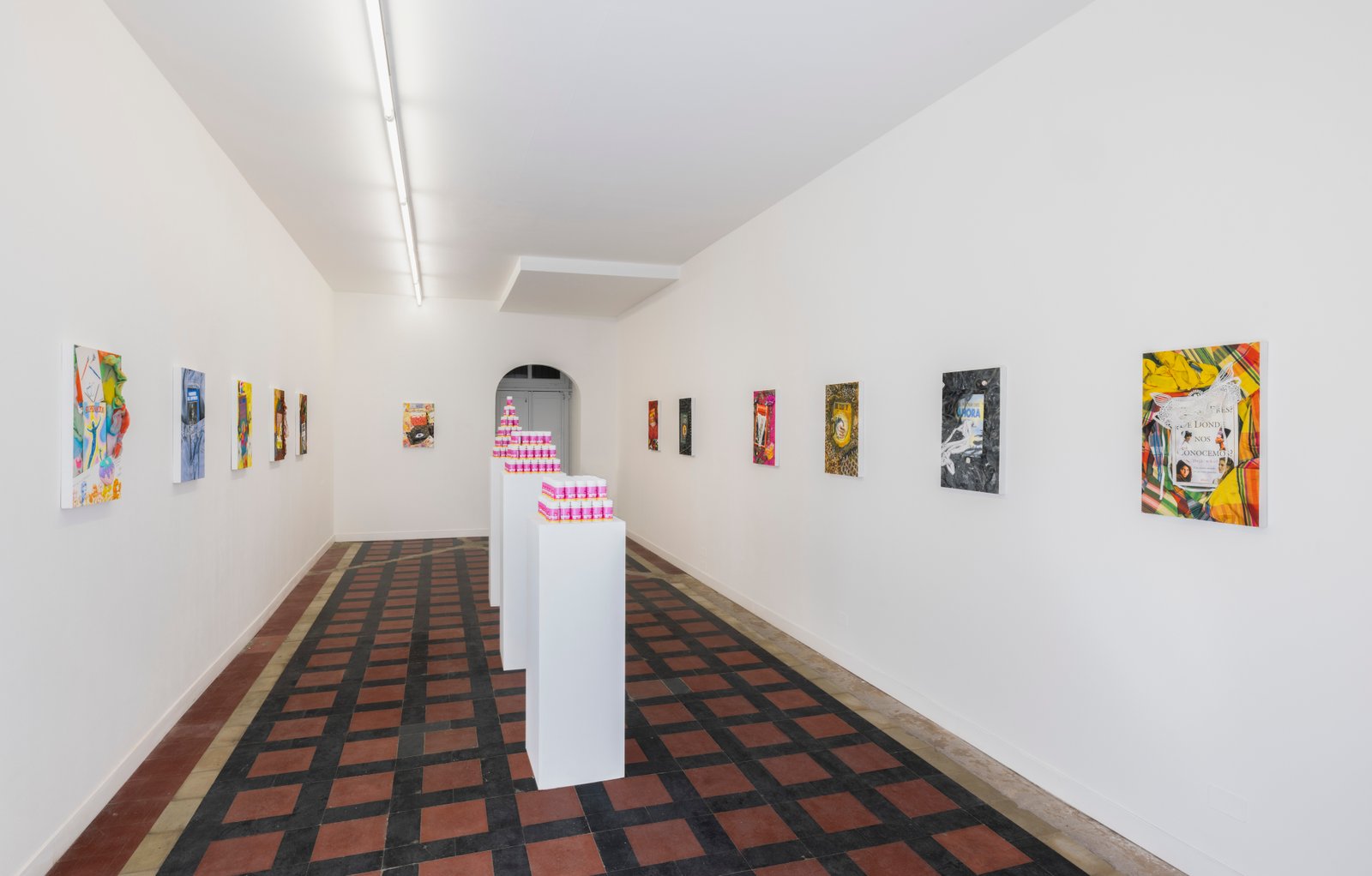





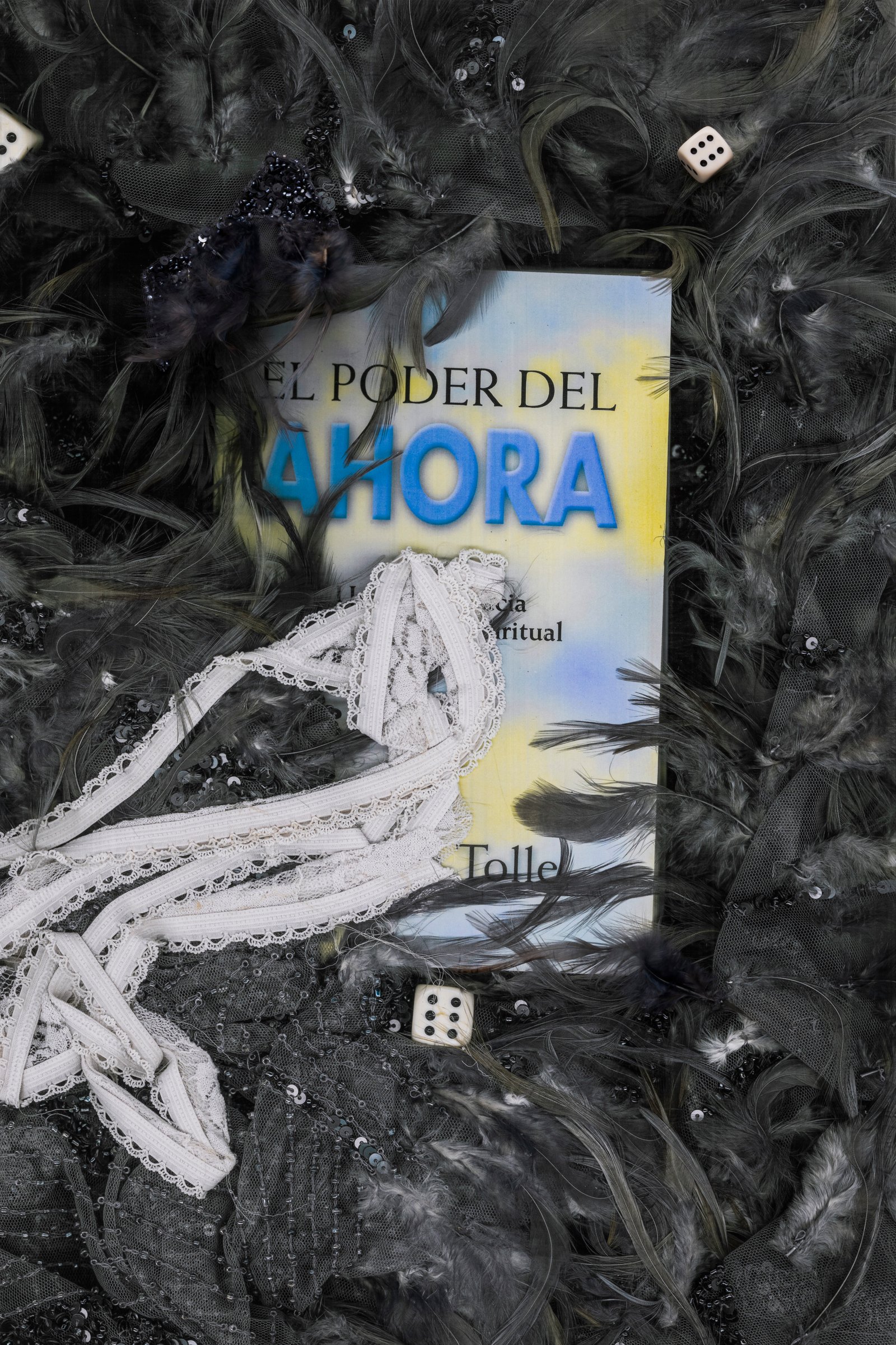
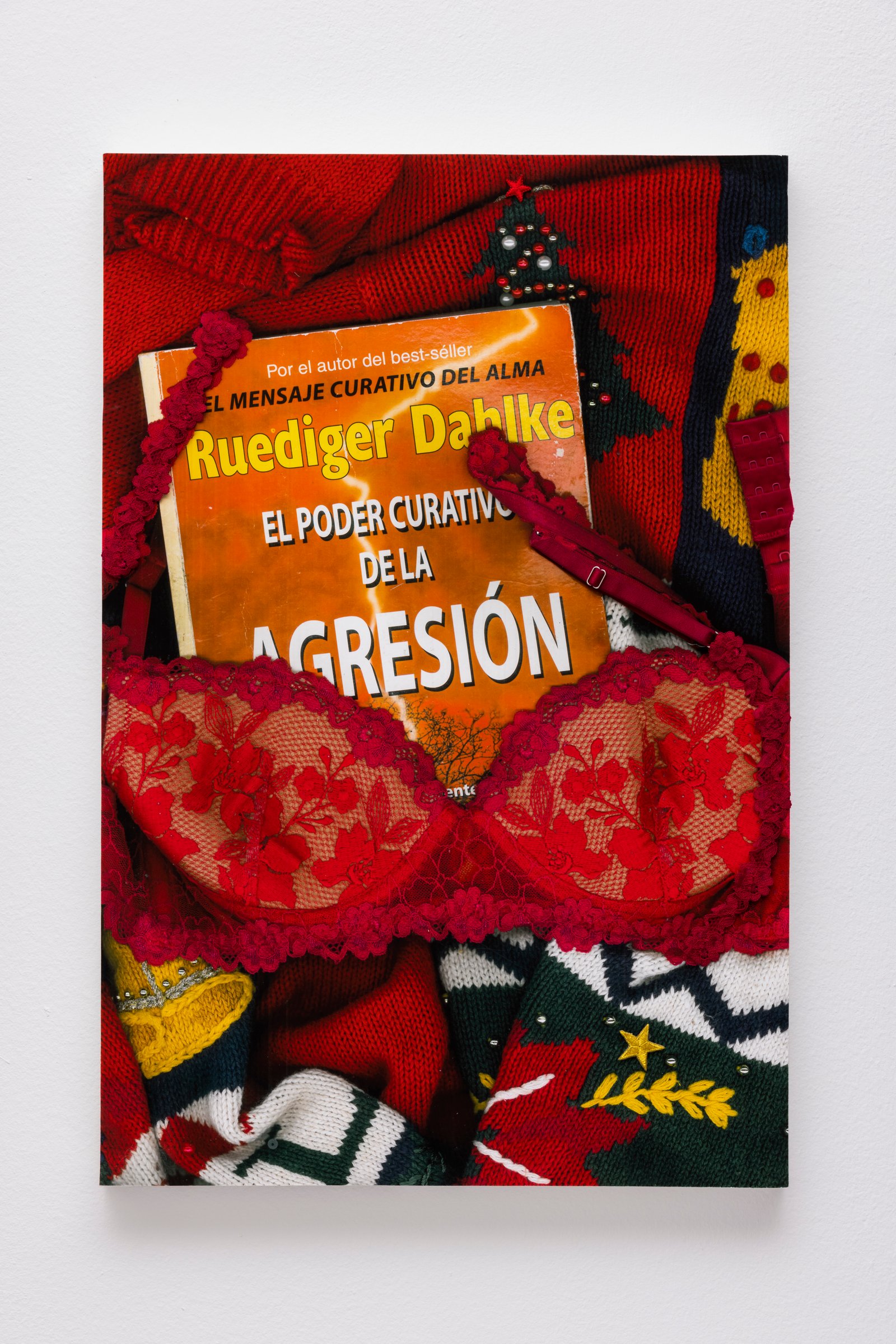
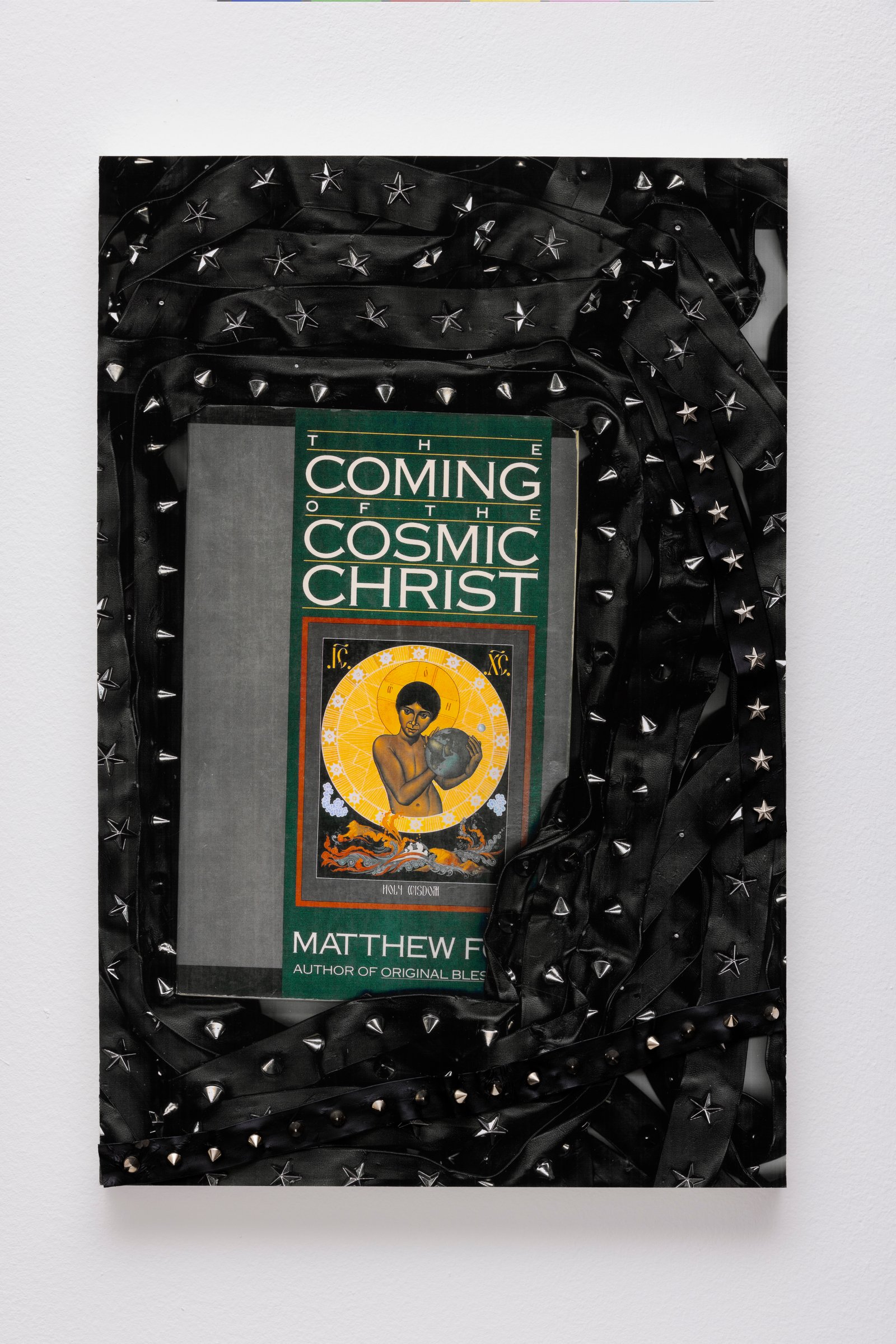
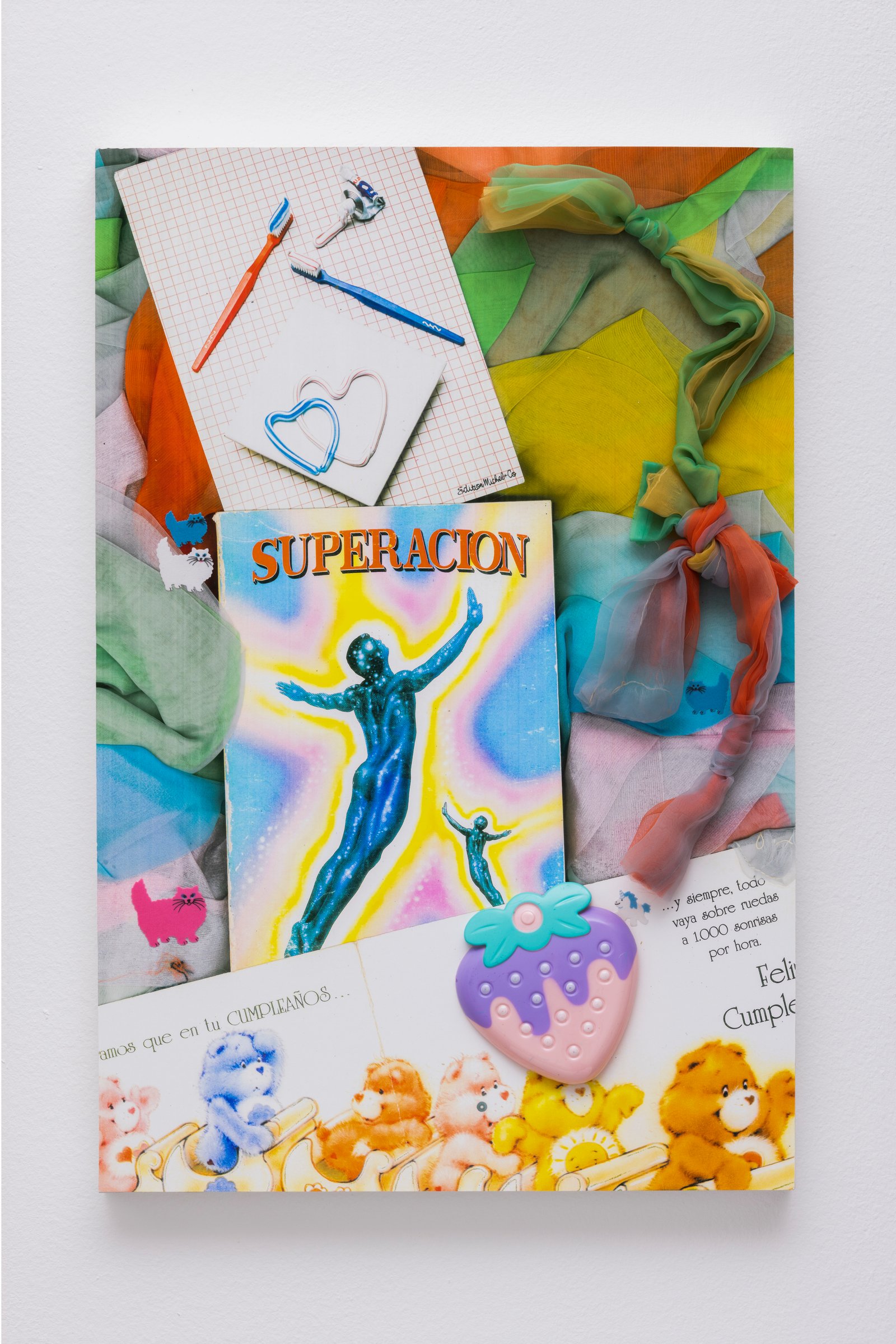








It’s not the alcohol, it’s the social exhaustion. The dissonance generated by speaking with certain people. Alcohol, cigarettes, all that comes later, producing more excess, and fatigue or aggression (depending on our biotype). We are supposed to expose ourselves to the effects of uncontrolled social exchange because we cannot sustain the self. We need the situation to leverage it. It is a gambling table where everyone raises the stakes for fear of not knowing where (or who) they are.
The Cure promises us to participate without suffering the undesirable effects. Appealing to her knowledge of homeopathy, biological and anthroposophical medicine and TMC (knowledge she gained as a user), Victoria Colmegna designed a pill to cure social hangovers (and common hangovers, which effect, as well). It should be consumed before the “event” (the night out where we are going to interact with people we do not want to see, and expose ourselves, etc.). The Cure promises a great day after, with the good balance of having cleared your mind or having had beneficial interactions. Hypersensitive people will now be able to communicate and attend events at a rate never before imagined.
But be careful, this is just a presentation. It is the presentation of a product, whose function is to prevent the emotional wounds that social life produces in an ultra-sensitive individual. The language of product presentation and commercial display, a long time ago, was exploited by a type of rational-promotional logic, guided by the purposes of entrepreneurship, the individual and the internet economy. The response to this trend (around 2018) appealed to emotional wellness, talismans, the community, and the body, but disregarding rationality in the grammar of exhibitions. The Cure has something to say about that too. Here the corporate semiotics of commercial presentation are coextensive with something unfamiliar: Orthomolecular medicine, autotheory, and a new kind of trick (art for the sake of health). The twisted (and battered) figure of the artist-entrepreneur here becomes a doctor artist.
“Find our antidote or exaggerates ourselves?” Victoria says. I am a user of the alternative healthcare system”. I’m looking to feel good. All I want is to be diagnosed.” But this medicine formulated by its user offers a treatment to the exhibition as a form.* The exhibition was stressed, required to diagnose the world: too many words going around. Here the exhibition does not diagnose anything or anyone. Art does not offer points of view. On the contrary, it is diagnosed.
The pill (elixir, panacea, etc.) in the China of the Tang dynasty was a valid way of distributing knowledge.** Colmegna designs a pill that works for her, although she promises that it can work for all of us. The self-portraits based on books and clothes function as a scattered memory of one’s own confusion, a self-diagnosis. They were made with a scanner. There is a trap in the format: in the place paintings would occupy, we find the self-diagnosis in the form of a “diary” (what I have on my bed, or on top of the table: books and clothes). And where the sculpture would be, there is the cure.
The self-diagnosing position is the starting point of art for the sake of health. It is about imagining a temple, an institution or a place (an alternative healthcare insurance for artists?). Victoria can distance herself, get out of the mess and see the matter from the outside: the art-self is a model, a kind of puppet. It can be used, it can be changed, but it can also be broken, it can also be thrown away in a basket, forgotten. She is interested in medicine more than art.
The basic problem is to be found between Lacan and the theories of communication and conceptual art. “The work of art is diluted in self-promotion”, a hypersensitive could say while about to attend a massive event. “Our job in the art economy is to do public relations.” That is a very Lacanian whiff: in the end everything is acting, putting public discourse to work. But how? At what price do I sell my body? The Cure proposes another angle: the cure is not made of words.
Oscar Masotta had imagined (in one of his fantasies with communication circuits) a player at the roulette table trying to communicate with a friend who was outside the casino. He had to tell him how he was doing, and for that he threw a piece of paper out of the window drawn with the figure of a fat man, who for him represented luck, and next to it the word ‘Me’. But the other one misunderstood everything, and in the end they quarreled. That’s the problem with words. If Victoria is right, when we are told that (as a generation, or as a society) we make up our problems (and misunderstandings!) we can reply that we also make up our solutions.
* Like when on the occasion of a performance she orally medicated art students with floral preparations according to their temperament.
** For Daoism we get sick from culture. “Salvation” in this context means relationship with art. How we think art is, how we think we can relate to it:
religion pathway to divinity relationship with art
Daoism–Perfect Person elixir of immortality, pill, herbal
internal Medicine
Homeopathy like cures like the law of infinitesimal dose